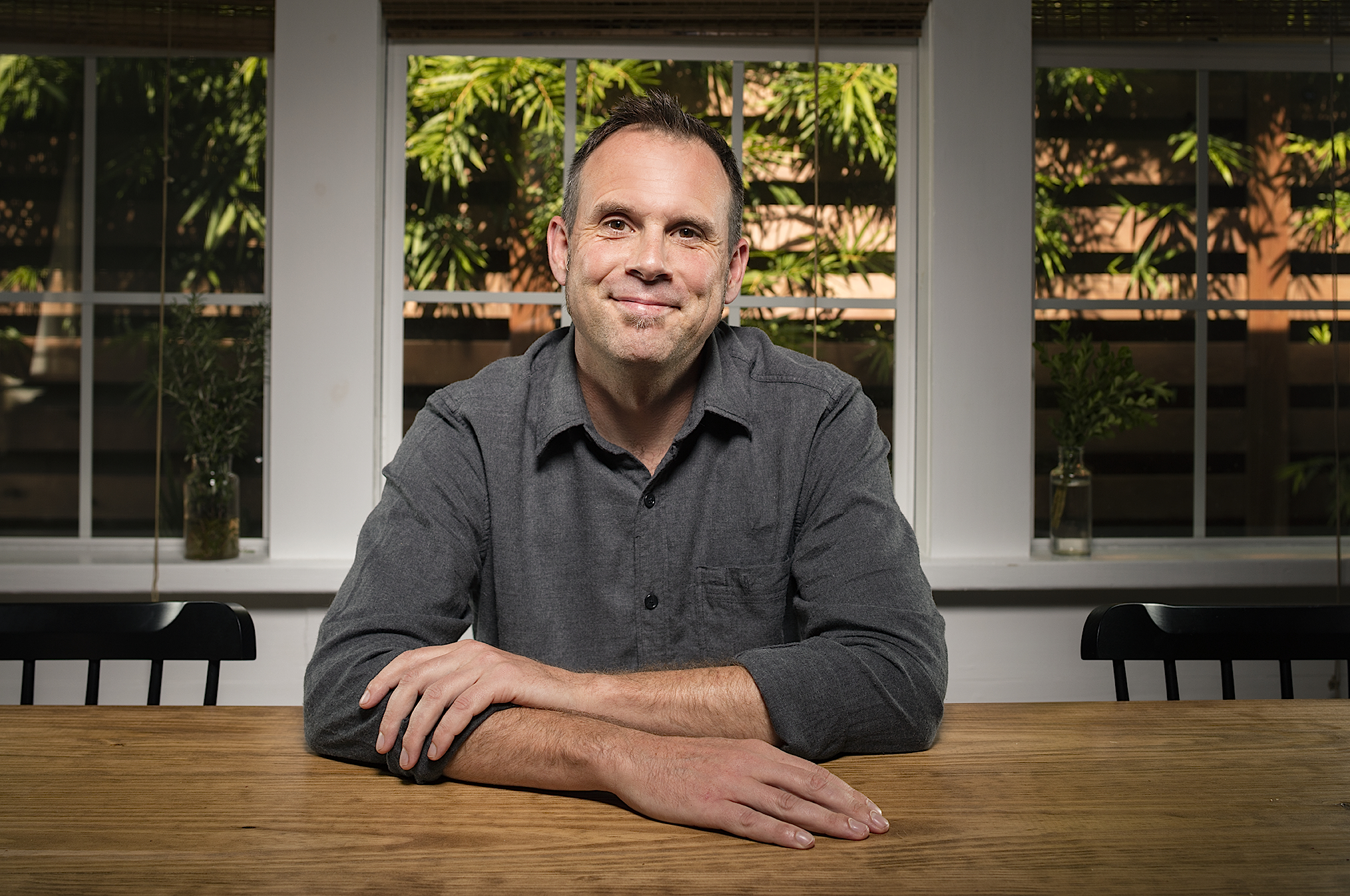A Storyteller’s Guide to Building Worlds: Where to Pay Attention
There is a story that is often attributed to the Cherokee people in which a grandfather tells his grandchild a story about two wolves. One wolf is greedy and selfish and the other is kind and generous. The wolves fight. The child asks, “Which one will win the fight?” The child’s grandfather answers, “The one you feed.”
What does this mean? We all have internal wolves: the wolves of selfishness, anger, and resentment — and the wolves of kindness, compassion, and generosity. The wolf on which you put your attention is the wolf you feed.
As a storyteller, I don’t see it as a struggle between polarities, but an invitation to ask important questions: What world do you want to live in? What world do you want to create?
We exist, I am told, in an attention economy where our focus is the gold standard. Advertising, social media, networks, and candidates all want our attention and they will use whatever means necessary to get it. This, coupled with the fact that we carry attention-grabbing devices with us at most times, makes it very challenging to control where our attention goes.
This is a legitimate challenge, it’s true. But let’s not be so quick to throw in the towel and resign ourselves to this “reality.”
Because, I must remind you — it is actually a story.
The attention economy and attention deficit and global distraction are all stories — just like the one about the wolves. And for someone like me, a storyteller, they are merely colors and tones and shapes I can employ as I create worlds, because this is fundamentally what I do: I create worlds that hold your attention.
And you can do it too.
Take an inventory — right now. Survey yourself and figure out where you are putting your attention. Are you resentful about something? Say, the federal government or the media or the choices of a foreign country’s leadership or the choices of your spouse? Are you frightened about something? Say, global warming or taxes or your child’s safety or how a meeting with your boss is going to go? Are you lonely? Are you in pain?
Or are you feeling grateful for your children, your job, your country, your health?
Are you feeling delight? Curiosity? Passion? Serenity? Abundance?
There is no right or wrong answer. There is no proper place for your attention. But it is useful to be conscious about where it is going,because wherever your attention goes … your story follows. And wherever your story goes … you go.
In other words, we are in “attendance” wherever our attention is.
And the best part of being a storyteller is that I have agency over where I put my attention, what story I want to tell, and what world I want to create.
So here is a storytelling technique that can help you do the same.
Close your eyes. Sit so that your arms and legs are comfortable. Put your attention on your arms and legs. From toe to hip and fingernail to shoulder, bring your limbs fully into “attendance.”
Now shift your attention to the area around your heart or the center of your chest. Let that spot warm in your awareness — let it buzz with your attention.
And with your eyes closed, open your awareness to the sounds around you. Start to hear those sounds and allow the warm buzzy area around your heart to choose one of the sounds. It might be the sounds of traffic or a floor creaking or the hum of the air conditioner or someone’s breathing or the clock ticking.
Then recognize that the sound you have chosen is in attendance. It is here — you have acknowledged it. Check in with your body and notice how you feel about the sound. What images bubble up in you that are connected to that sound? What thoughts does this sound inspire? What connections? What associations?
Then ask yourself — is this how I want to feel? Is this what I want to think about? Is the world that my imagination is now creating the world I wish to live in? If not, choose a different sound.
This is the most powerful way to be in attendance because now you can choose where your attention is going. You can pick a sound, an image, a smell, a thought, or a feeling and let it be the foundation stone for something of your own creation.
This will take practice. Building worlds is not something you stumble into — you need to be intentional and consistent in your practice. But if you can, you will develop a skill that will transform your life.
You are about to create the world you want to live in. One with as much traffic noise, birdsong, resentment, delight, fear, and gratitude as you wish. You are the storyteller … and this is your new story.
About the authors
-

David Sewell McCann
Story SpinnerDavid Sewell McCann fell in love with spinning stories in first grade – the day a storyteller came to his class and captured his mind and imagination. He has been engaged in storytelling all of his adult life through painting, film-making, teaching and performing. Out of his experience as a Waldorf elementary class teacher and parent, he has developed a four step method of intuitive storytelling, which he now shares through workshops and through this website.



